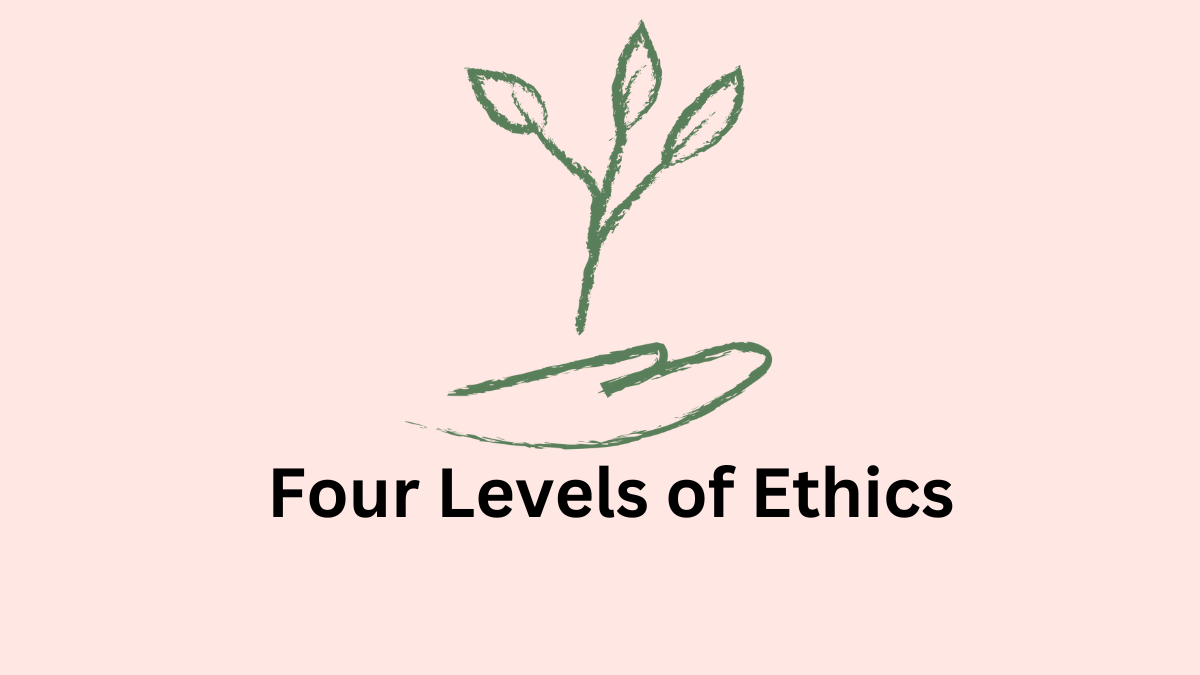Four Levels of Ethics
The following are the four levels of the poem Ethics:
Literal Comprehension
Linda Pastan‘s poem “Ethics” narrates the speaker’s recollection of a question posed in an ethics class during her youth and her reflection on it as an older woman standing before a Rembrandt painting in a museum.
The teacher asked whether they would save a Rembrandt painting or an old woman if a fire broke out in a museum. The speaker recalls the lack of seriousness and depth among her younger self and classmates, who would alternate between choosing the painting and the woman without fully understanding the question’s significance.
The speaker once suggested letting the woman choose, earning criticism for avoiding responsibility. Now, as an older woman herself, she stands before the painting and realizes the interconnectedness of life, art, and mortality, recognizing the equal value of life, art, and nature.
Interpretation
The poem explores philosophical themes of life, death, and morality, emphasizing the importance of maturity and experience in understanding ethical concepts fully.
It suggests that youth often lacks the patience, maturity, and depth to grasp such ideas and that confusion can hinder moral decision-making.
The contrast between the speaker’s youthful indifference and her present understanding highlights the complexity of ethical concepts and the depth of experience required to appreciate them fully.
The poem also underscores the interconnectedness of life, art, and nature, suggesting that true understanding comes with age and reflection.
Critical Thinking
While the poem offers profound insights into ethical dilemmas and the complexities of moral decision-making, readers may question the assumption that maturity and experience are prerequisites for understanding ethical concepts fully.
They may challenge the idea that youth lacks depth and seriousness and explore the role of education and guidance in fostering ethical understanding at all stages of life.
Additionally, readers may consider alternative interpretations of the poem’s themes and reflect on their attitudes toward life, art, and morality.
Assimilation
Through reflecting on the poem’s themes, readers may gain insight into the value of experience, reflection, and maturity in navigating life’s moral complexities. The poem prompts readers to reassess their attitudes and behaviors, encouraging a deeper consideration of life’s ethical dimensions.
By assimilating the poem’s messages, readers can cultivate a greater appreciation for the interconnectedness of life, art, and nature and recognize the importance of ethical understanding at all stages of life.
Read Next: What is Intelligence, Anyway? Four Levels
